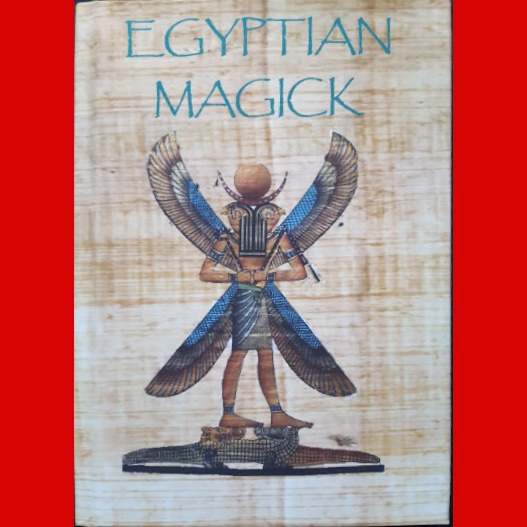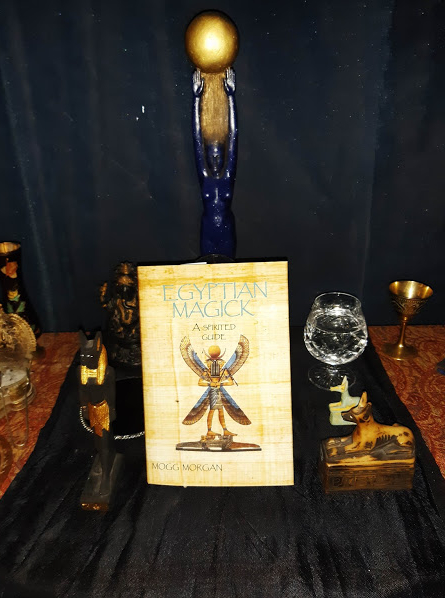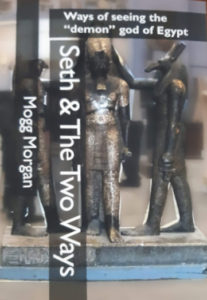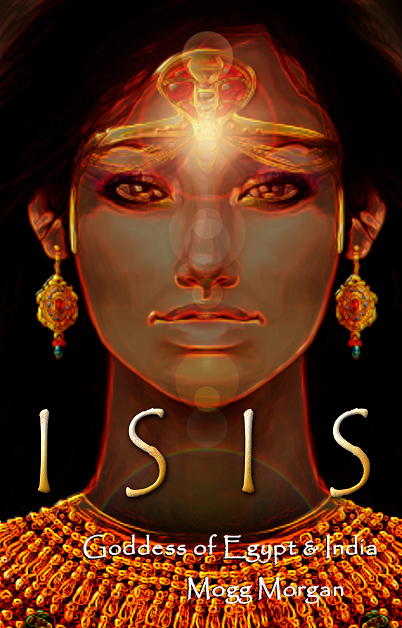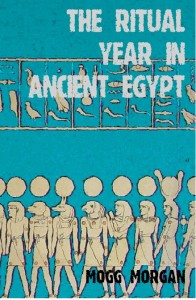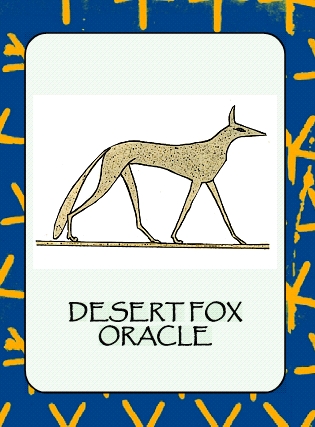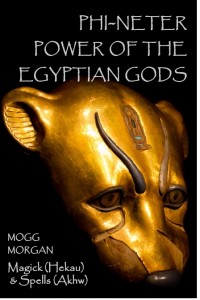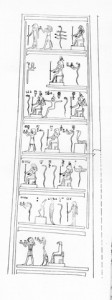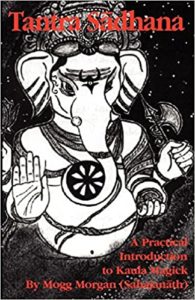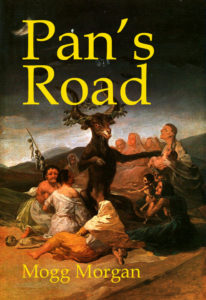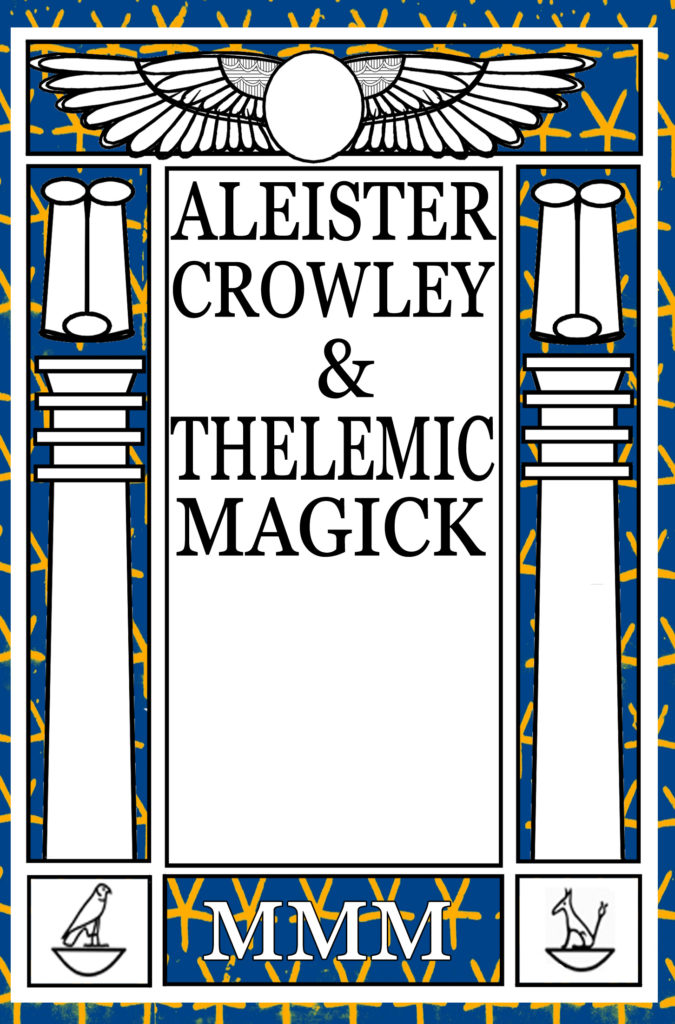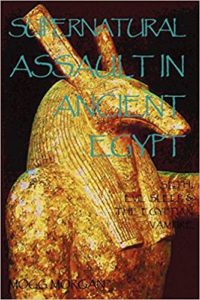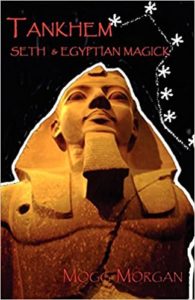Set and Egyptian Magick II
Mogg Morgan
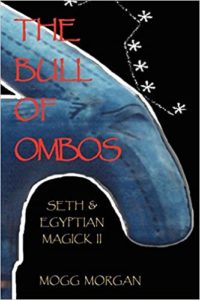
The Bull of Ombos
Set & Egyptian Magick II
Mogg Morgan
Format: Softcover
ISBN: 9781869928872 (2005) 360pp
£15.00 / US$24.00
Subjects: Egyptian Magick.
Click Here For The Bull of Ombos / USA
Click Here For The Bull of Ombos / UK
Click Here for Kindle edition / USA
Click Here for Kindle edition / UK
Naqada is a sleepy little town in Upper Egypt, that gives its name to a crucial period in the prehistory of Egypt. In 1895, William Matthew Flinders Petrie, the ‘father’ of Egyptian archaeology, stumbled upon a necropolis, belonging to a very ancient city of several thousand inhabitants. With Petrie’s usual luck, he’d made yet another archaeological find of seismic proportions – not just an ancient city a quarter the size of Ur in Mesopotamia, a rare enough find, but the capital of the earliest state established in Egypt! Petrie’s fateful walk through the desert led him to a lost city, known to the Greeks as Ombos, the Citadel of Seth. Seth, the Hidden God, once ruled in this ancient place before it was abandoned to the sands of the desert. All this forbidden knowledge was quickly reburied in academic libraries, where its stunning magical secrets had lain, largely unrevealed, for more than a century – until now.
This book is for all Egyptophiles as well as anyone with an interest in the archaic roots of magick and the sabbatic craft.
Contents: Gold in the desert / Sethians and Osirians compared / Cannibalism /Temple of Seth / Seth’s Town / Seth as Bull of Ombos / Hathor / The names of Seth / Animals of Seth / Seth – the red ochre god / Seth and Horus / Opening the mouth / Seven / The Boat / Heka & Hekau / Magical activities / Cakes of Light / Magick as use and misuse of the funeral rite / Re-emergence of the Hidden God / Five useful Appendices / Extended bibliography /Glossary
—–
Reviews
“The Bull of Ombos is an important and ground-breaking work. The figure of Set(h) has been of significance within Western magic for quite some time, even if he (it?) has appeared as the more controversial form of Satan. While the Temple of Set and The Storm have pioneered research into Sethian magick, the works of Mogg Morgan stand alone as major contributions to this field. What I find most unique is that they combine the fastidiousness of an Egyptologist with the experience of a modern occultist. Certainly Morgan knows his stuff, from Tantra to the modern O.T.O. from pagan and Left Hand Path magick to the Golden Dawn and traditional folklore and customs, but at the same time he approaches the subject cautiously and with the skills of a scholar even a folklorist.
What he offers in this work is what could be best described as a reconstruction of pre-dynastic Egyptian Sethian beliefs and practices . . . While Petrie’s discovery was of great significance he really didn’t appreciate nor understand it. Due to the unique practices of the “Sethians” he came to conclude they weren’t even Egyptians and hence saw them as some sort of foreign invaders. Due to this and the general ambivalence of Egyptologists to the figure of Seth, Petrie’s work in this field has remained largely untapped by later Egyptologists.
Morgan appreciating the significance of this unique resource with the eyes of a scholar as well as a magician has given us a glimpse of what the worshippers of Seth may have believed and praised. Moreover he shows the significance of these within a modern occult system, in his early work Tankhem: Seth & Egyptian Magick, he discussed how this system may have been originally Tantric in nature and its modern application. His research on the animals of Seth, images and names related to Seth, archaeological finds etc is extremely comprehensive and offers extensive clues which will take many years to fully explore and comprehend.
In Bull of Ombos: Seth and Egyptian Magick Voll II, he gives us quite an extensive intellectual framework for Sethian magick (including lots of source materials and some 78 illustrations) as well as giving us a means to bring the magick of Seth into our lives today. Living Traditions, Australia.
Recommended by The Cauldron #119
”I also want to personally thank you for your work . . . you have contributed to my practice and to my Coven’s rituals.’ – www.cotw.us, a teaching Coven, Denver, Colorado, USA.
Review in ASHÉ
“The publication of a book devoted to the Egyptian deity Seth (aka Set) is a rare enough event even in the rarified halls of academia. The publication of a modern magickal text focusing on Seth is even rarer. Despite the important role Seth played in the history of magick–his frequent appearances in the magical papyri of the Hermetic period–few modern texts have taken a serious look at the enigmatic god. This is not all too surprising, given the short-shrift and a good dose of bad PR both in antiquity and also in the Victorian mis-interpretations of the early Egyptologists. Two other modern texts come immediately to mind: Don Webb’s short treatise Seven Faces of Darkness and Mr. Morgan’s earlier work Tankhem. Mr. Morgan is an amateur Egyptologist who has long maintained and interest in the maligned figure of Seth. The Bull of Ombos begins with the 19th century discovery of an ancient city near Naqada, Egypt. The city proved to be the capital of the earliest Egyptian state. The lost city was known to the Greeks as Ombos, the Citadel of Seth. Once ruled by the Hidden God the site had been left to be swallowed by the sands of the desert–the image of the god transformed through later layers of Egyptian power and politics. As Mr. Morgan notes that most of the knowledge discovered at Ombos was quickly reburied in academic libraries. Bull of Ombos delves into these forbidden areas. Mr. Morgan painstakingly puts together the intricacies of early Sethian worship and the roll the god played in the Egyptians’ daily lives. He does not shy away from analyzing the more disturbing suggestions of previous archeological conclusions–even hints of cannibalism. From the scant clues available, the author has produced a detailed and intricate portrait of Seth that is at the same time very applicable to the modern Sethian. Mr. Morgan also provides retellings of the key Seth-related stories as appendix material–a welcome supplement to the text.”



